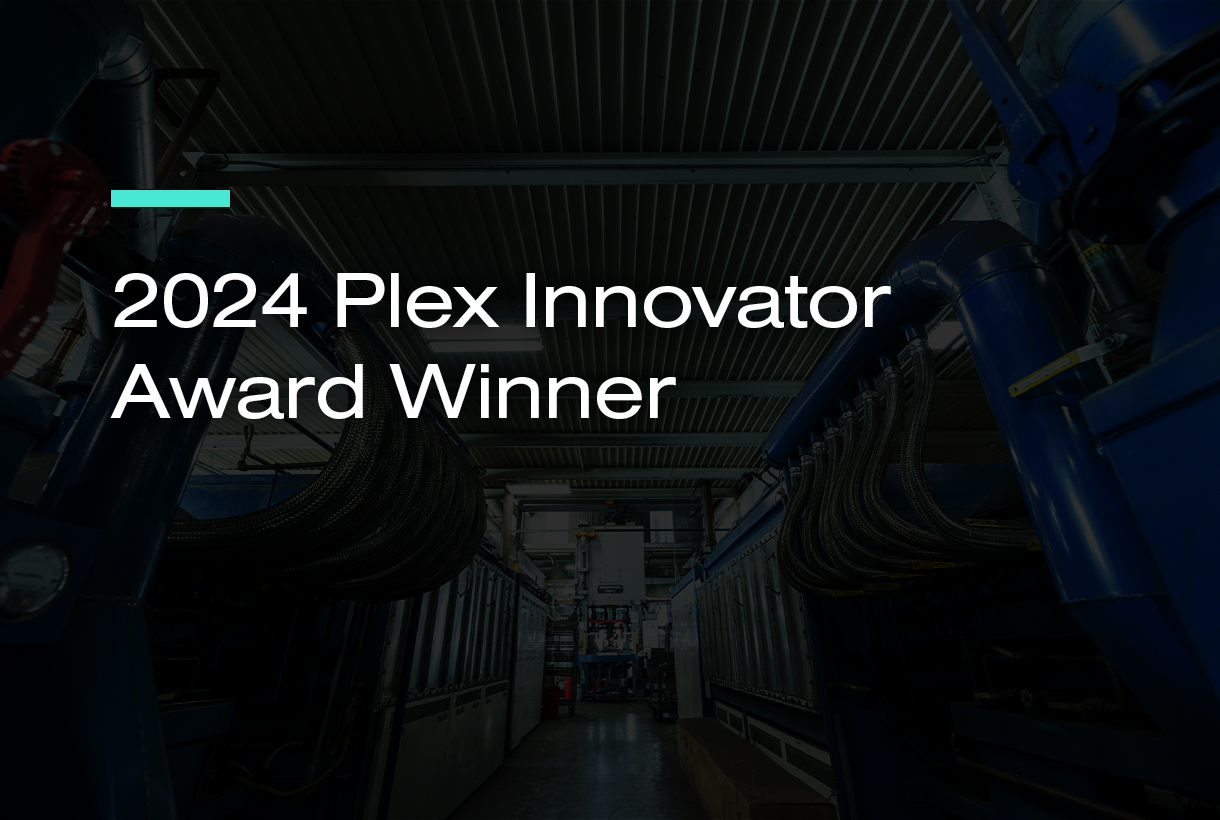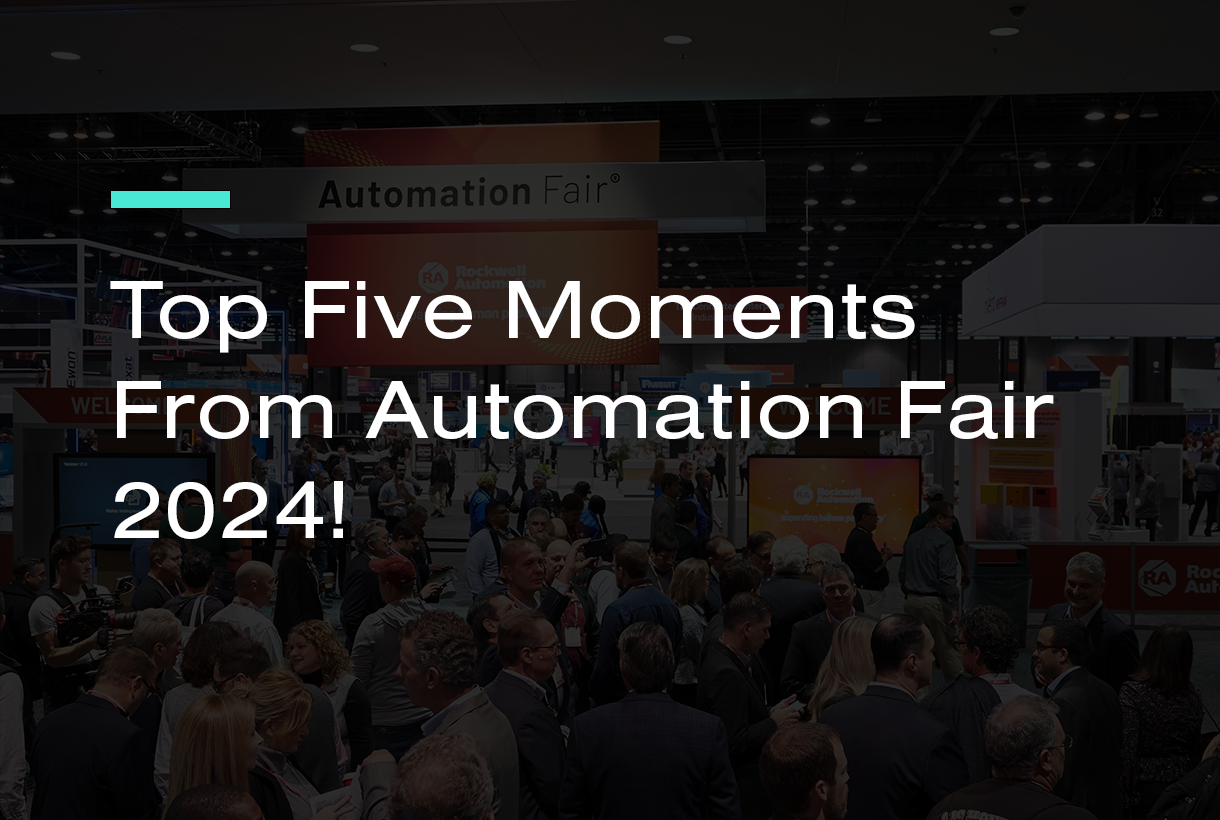

Now Available!
Get your copy of the 7th Annual State of Smart Manufacturing and hear from 300+ manufacturers in this new survey report!
Subscribe to Our Blog
For a monthly digest of expert insights, data points, and tips like the ones in this article.

There was a major brouhaha when word leaked out that SAP was finally burying its ill-fated cloud-based ERP system, Business ByDesign. I assume it must have been a slow news week because no one could really have been surprised. That poor product has been effectively dead since Lars Dahlgaard, the fourth or fifth executive brought in by SAP to “transform its cloud business”, delivered this positive assessment: “It just hasn’t been marketed right, it hasn’t been positioned right, it hasn’t been explained right, people haven’t been trained right on it, people haven’t been given [needed] tools. There isn’t much about it that I can explain that’s gone right in terms of go-to-market.”
At that point (Sapphire 2012) the “world’s largest ERP company” had been working on Business ByDesign for nearly a decade and reportedly had spent nearly 3 billion euros on development and marketing. It may seem amazing that in spite of their 40 years of ERP experience, nearly unlimited resources, global brand awareness, and a huge sales channel SAP has been unable to succeed at cloud-based ERP but I’m not really surprised. No other on-premise application company has managed to create a market-leading cloud product either.
SAP’s nemesis Oracle, an even larger software behemoth, has its own cloud ERP disaster in the Fusion Applications. Eight years of development has produced an incomplete collection of modules that lacks the functionality to replace any of their three on-premise legacy ERP products. Despite endless marketing and re-positioning Oracle is reported to have only 400 customers for any of the Fusion Applications with only 50 companies having signed up for the ERP suite. This makes it particularly ironic that Oracle is attempting to lure away unhappy Business ByDesign customers by offering them Fusion free for the first year – a classic case of “you get what you pay for!” Oracle is so confident that Fusion (conveniently re-named “Oracle ERP Cloud”) will delight these customers that they are insisting that they sign up for 3 years and contractually agree not to cancel the service for any reason – even if it doesn’t work!
Between them SAP and Oracle have spent well over $10B building and buying cloud-based applications. They have promoted, demoted, re-positioned, and done more flip-flops than a Washington politician but they have still not been able to convince the market that they are really serious about the cloud. When virtually all of your revenue comes from 20+ year old on-premise systems and your entire business model is based on upfront perpetual license fees and 22% annual maintenance charges it is really hard to kill the golden goose. In all probability SAP, which gets 65% of its revenue (and most of its profits) from maintenance payments, and Oracle, which gets much of its revenue from databases, middleware, and hardware for on-premise systems really wish the whole cloud thing would go away.
Well we aren’t going away but they may be… The reality is that in ERP like most other application segments buyers simply no longer want to invest millions of dollars in software and hardware to get a rigid old system that is hard to use, slow to change, and expensive to maintain. Even my alma mater Gartner, whose business depends on giant IT departments with huge budgets, is predicting that SaaS ERP will be 1/3 of the North American market by 2017. My belief is that in manufacturing, where Plex is focused, that percentage will be closer to 50%. Manufacturers have far more experience with ERP replacement cycles, are much more aggressive about reducing IT costs, and are not inclined to run a piecemeal collection of departmental applications.
SAP’s mothballing of Business ByDesign is not an indication that there isn’t demand for cloud-based ERP — our market is growing far faster than the legacy business. It is instead an acknowledgement that cloud ERP and on-premise ERP simply cannot co-exist in the same software company. A smart buyer (or existing customer) will inevitably compare the cost, ease-of-use, implementation time, and innovation cycle and refuse to spend the money to get locked into another 10 or 15 years of on-premise ERP pain. Having both products in the portfolio simply creates a positioning nightmare for the salesperson and ends up cannibalizing sales of the product line that pays the bills.
All five of the ERP market leaders (SAP, Oracle, Infor, Microsoft, and Epicor) are facing the same problem. They each have some token cloud-washed ERP offering but virtually all of their ERP revenue, profits, and customer bases come from on-premise systems. Nothing they do with pricing, hosting, or creative naming is going to turn those old beasts into modern, multi-tenant SaaS ERP systems. Their problem is made worse by the fact that they don’t just have one obsolete ERP system – they each have at least 3 ERP product lines and in Infor’s case they have dozens. They used acquisitions to build up their customer bases but now they find themselves trapped under the weight of millions of lines of legacy code while the ERP market moves on.
There are certainly days when I envy the development and marketing budgets of these ERP giants but when I think about the likely trajectory of the ERP market over the next five years I would much rather have the Plex Manufacturing Cloud.


